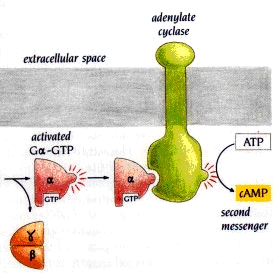
Figure 1. Overall adenylyl cyclase catalyzed reaction
of cAMP and pyrophosphate (PPi) from ATP.

Figure 2. Gsa activation of adenylyl cyclase,
increasing the intracellular concentration of cAMP. |
Adenylyl cyclase (AC) catalyzes
the conversion of ATP to 3',5'-cAMP (cyclic adenosine monophosphate) and
pyrophosphate (Figure 1). AC is also known by other common names such as
adenylate cyclase and 3',5'-cAMP synthetase. AC exists in most cells as
a transmembrane protein, but is also found in soluble form in the cytoplasm
of some cell types and unicellular organisms. AC acts as a signal converter
as it receives signals from hormones and other molecules that ultimately
activate it to catalyze the formation of 3',5'-cAMP, an important second
messenger in signal transduction pathways. The signal that AC helps to
transduce comes from various extracellular stimuli that bind to and activate
membrane associated G-proteins.
Most forms of AC are regulated
by G-proteins. Stimulation of AC activity leads to increased intracellular
concentration of 3',5'-cAMP, and inhibition decreases 3',5'-cAMP production
(Figs. 1 and 2). 3',5'-cAMP then relays the signal to the interior of the
cell where many cellular metabolic processes are effected.
(see My Adenylyl Cyclase Minireview
for more detail and referencing)
|

